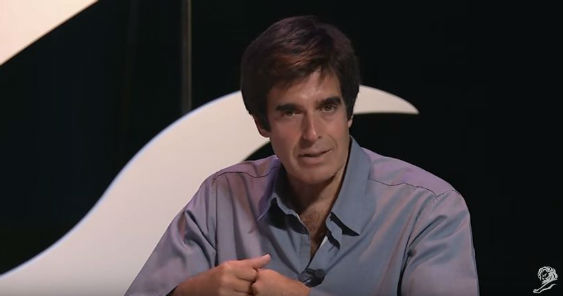November 26, 2013 – The devastation that Super Typhoon Yolanda brought in its wake has affected millions of people. An analysis by Radian6 shows how the social web reacted to this tragedy.
"The response on social media to Super Typhoon Yolanda has been overwhelming," AllFamous said. Based on social listening analysis using Radian6 for the one week period from November 8 to 14, the keywords “super typhoon Yolanda”, “Yolanda” and “Haiyan” were mentioned 3,243,826 times.
The most mentions, or 74.9 percent of mentions happened on Twitter. Facebook got the second most number of mentions with 19.2 percent, while mainstream news was third with 2.7 percent.
"The immediacy of sending messages on Twitter has been quite useful for calamity-related content because up to date information and easy dissemination of messages is what’s needed. In fact, Twitter has become a de facto method of information dissemination post-typhoon with many tweets about damage updates, calls for help and relief/donation information flooding the Twitterverse," AllFamous said.
A crescendo of social mentions
Social mentions of Super Typhoon Haiyan reached its highest on November 12 at 8 p.m., with 52,067 mentions made on the keyword “Yolanda” on that day. The total mentions for that day reached 572,934. This averages to about 23,872 mentions per hour.
Radian6 analysis also revealed that mainstream news from all over the world also mentioned the typhoon most frequently on November 12. CNN’s report on the extreme level of damage that was inflicted on the Visayas region received 1098 comments, making it the most commented on article.
"As expected, the general sentiment is overwhelmingly negative with most comments on the social web focusing on the damage done by the typhoon and the staggering loss of life being reported in the media. The social web also gave significant coverage to the unprecedented level of help the whole world gave the Philippines. Many of the mentions, articles and blogs mentioned the aid that was being pledged by many countries," AllFamous said.
In terms of the global response to Yolanda, about 290,729 posts on the social web mentioned the keywords “relief efforts”, “donations”, medical missions” and “financial aid”. These social mentions also peaked on November 12, coinciding with CNN’s heavier coverage.
Government response
The government response to the calamity has also elicited strong reactions from the social web, AllFamous said. Based on Radian6 analysis, 73.9 percent of all mentions regarding the government’s actions following the onslaught of the typhoon has been negative. Only 23.1 percent of responses were positive.
"It should be noted that the negative mentions of the government also peaked on November 12 – this was the same day that international news channel CNN began to heavily cover the aftermath of the typhoon and reports that the government response has been disorganized and inadequate definitely helped in spreading this negative image of the government," they said.
A 50/50 split in sentiment
The online sentiment measured by Radian6, after removing all “neutral” sentiments, is quite interesting, AllFamous noted, adding that statistically, there is an even split of 50 percent each for the positive and negative sentiments. "But this may be understandable given that all negative sentiment-articles focused on the damage and deaths brought by the typhoon while the positive sentiments talked about the strength of the survivors, the overwhelming support the Philippines has been getting from other countries, and tweets and messages on how to donate and help out the victims," they said.
"In fact, the way the whole country and the world has come together to help out the victims of Super Typhoon Yolanda has been unprecedented in both its scope and the level of involvement and participation of not just other countries but the citizens of those countries as well. Radian6 clearly showed that people were talking avidly about this in a way that is productive and proactive," they continued.
Social mentions of affected provinces
Tacloban, Leyte received a huge level of coverage from both the local and international media. However, AllFamous noted that therein also lies the problem. "By focusing on one province, all other typhoon-devastated provinces have not been getting much deserved airtime and attention. Most people, especially those outside the Philippines, are not very aware of the extent of the damages that have been wrought in other areas," they said.
Based on Radian6 analysis on how many times different provinces were mentioned in the social web, Leyte received the most attention, getting 34.2 percent of all mentions for the period from November 8 to 14.
The provinces as ranked based on number mentions in posts are:
Leyte = 34.0%
Cebu = 20.6%
Samar = 19.6%
Bohol = 7.3%
Iloilo = 6.9%
Capiz = 4.4%
Palawan = 4.0%
Aklan = 3.1%
"For example, Capiz has been damaged by an estimated 80 to 90 percent but there is little news coming from that part of the Visayas. The same goes for Aklan, which is reportedly also totally devastated," said AllFamous, which also said it should be noted that because of more airtime given to certain provinces, the general public is not fully aware that other provinces have also been severely affected.
"The devastation that Yolanda brought has been unprecedented. But the social web has shown that the whole world can also come together to assist and lend a helping hand to people who are in need. The best of humanity shines through despite this tragedy.
Our heart goes out the victims."




